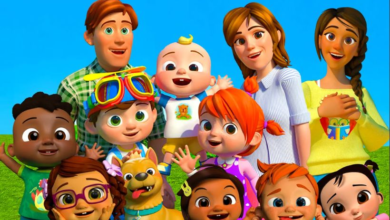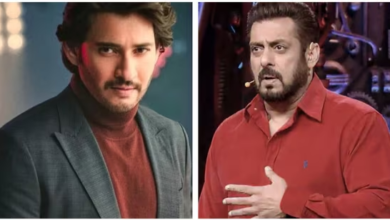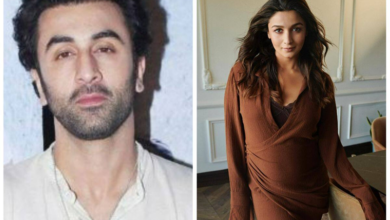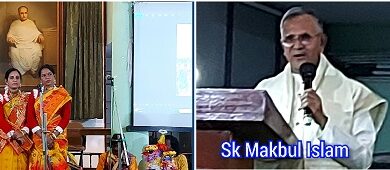The Timeless Masters of Indian Cinema Who Shaped Its Legacy
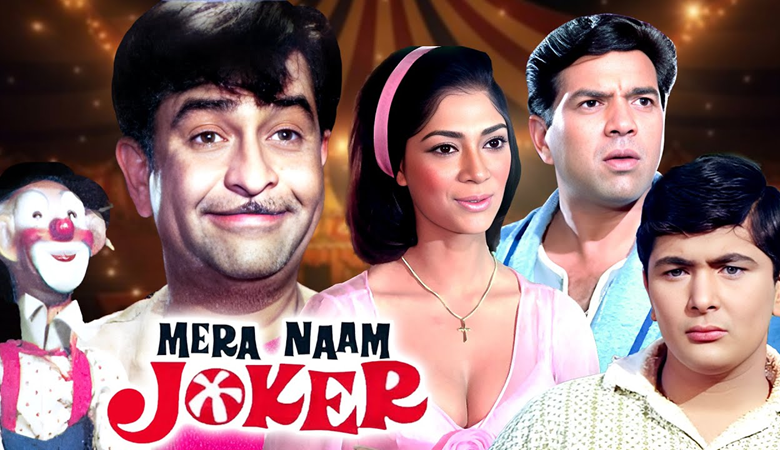
News Mania Desk/Agnibeena Ghosh/27th August 2024
Indian cinema has witnessed numerous transformative figures whose contributions have left an indelible mark on the industry. The evolution of Indian film, marked by groundbreaking projects like S. S. Rajamouli’s “Baahubali” and “RRR,” reflects the legacy of master storytellers who paved the way for contemporary filmmakers. As Netflix prepares to release a documentary on Rajamouli, it’s essential to recognize the legendary figures who laid the foundation for Indian cinema’s rich tapestry.
Raj Kapoor, a name synonymous with Indian cinema, remains an icon whose influence spans decades. His films, including classics like “Mera Naam Joker,” “Teesri Kasam,” and “Bobby,” are celebrated for their storytelling and performances. Kapoor’s charisma, both on and off the screen, earned him the title of the “Greatest Showman of Indian Cinema.” His films not only captivated audiences in India but also garnered international acclaim. Notably, his works “Boot Polish” and “Awaara” were nominated for the prestigious Palme d’Or at the Cannes Film Festival, highlighting his global impact.
Another luminary, Satyajit Ray, revolutionized Indian cinema from the 1950s through the early 1990s. Known for his intellectual and socially relevant films, Ray offered a distinct perspective on storytelling that diverged from mainstream cinema. His acclaimed works, including the “Apu Trilogy,” “Devi,” and “Mahanagar,” addressed social issues and challenged traditional norms. Ray’s contributions extended to children’s cinema with the “Gupi-Bagha” series, and he was honored with an honorary doctorate from Oxford University and an Oscar for lifetime achievement in 1992.
Guru Dutt, though his career was tragically short-lived, made a profound impact with his artistic approach to filmmaking. His films, such as “Pyaasa,” “Kaagaz Ke Phool,” and “Sahib Bibi Aur Ghulam,” are celebrated for their emotional depth and innovative cinematography. Dutt’s work, characterized by his unique style and melancholic themes, eventually gained recognition as cult classics, cementing his place among the greatest filmmakers in Indian cinema history.
Yash Chopra, often hailed as the epitome of romance in Indian cinema, redefined the genre with his distinctive vision. Chopra’s films, including “Kabhi Kabhie,” “Chandni,” and “Dil To Pagal Hai,” set new standards for romantic storytelling and song picturization. His contributions also extended to producing successful films, with “Dilwale Dulhania Le Jayenge” becoming a cultural milestone. Chopra’s portrayal of romance, picturesque settings, and memorable music remains iconic across generations.
Mani Ratnam, a trailblazer from the South Indian film industry, achieved pan-Indian acclaim with his diverse storytelling. His films, such as “Roja,” “Bombay,” and “Dil Se,” address complex themes like communal conflict and romantic entanglements. Ratnam’s ability to blend grand narratives with intimate emotions is exemplified in his magnum opus, “Ponniyin Selvan,” showcasing his mastery over cinematic expression.
Lastly, Sanjay Leela Bhansali stands out for his ability to create visually opulent and emotionally powerful films. His recent works, including “Padmaavat” and “Goliyon Ki Raasleela Ram-Leela,” exemplify his skill in blending storytelling with spectacular visuals and music. Bhansali’s commitment to larger-than-life cinema continues the legacy of his predecessors, making him a key figure in modern Indian filmmaking.
These evergreen masters of Indian cinema, through their exceptional storytelling and innovative techniques, have shaped the industry’s legacy and continue to inspire new generations of filmmakers. Their contributions have not only enriched Indian cinema but have also garnered recognition on the global stage.



